5 Strangest NASCAR Cars Of All Time
Today’s NASCAR racers are fiberglass-bodied, spec-built machines whose only resemblance to what you’d find in showrooms is the model name emblazoned across the back bumper, and maybe the headlight and grille decals up front.
That wasn’t always the case, however, and for decades, teams entered rides in Grand National and Cup races that not only strongly resembled their stock counterparts — hence the term “stock car racing” — but in some cases were barely modified from the factory. The latter was especially true in the early days of NASCAR when a number of different classes competed across the country.
Let’s take a look at five of the weirdest and most unusual cars to have ever competed in a NASCAR race.
1. Citroen ID 19
Nothing says NASCAR like a front-wheel drive layout and a hydropneumatic suspension with adjustable ride height from a French automaker, right? As strange as it might sound, not one, but two Citroen ID 19 sedans entered the Crown America 500 held at the Riverside, California, track in 1958. The ID 19 was a less-flashy, not-quite-as-advanced version of the Citroen DS that sold at a more affordable price, and it also came with a traditional manual transmission rather than its sibling’s fancy hydraulic gearbox. With 70 horsepower on tap and a top speed of just over 100 mph, the pair finished in 18th and 19th place, winning their respective classes.
Photo source: Motor Racing
2. AMC Matador
Is the AMC Matador the ugliest car to have ever entered a NASCAR race? Two generations of the homely Matador – a brick-like coupe and a bug-eyed, snub-decked fastback – would mark the first efforts by Roger Penske to compete at NASCAR’s highest level. As unattractive as the AMCs might have been, they actually managed to win five races over a three-year period in the mid-70s, thanks in large part to the use of world-class drivers Mark Donohue and Bobby Allison, and pioneering innovations like four-wheel disc brakes. AMC ended the Matador experiment in 1978, and the company would later be absorbed by Chrysler a decade later.
Photo source: By Ted Van Pelt from Mechanicsburg, PA, USA – Matador Coca-Cola, CC BY 2.0
3. Lincoln Mark VIII
The Lincoln Mark VIII was arguably the last exciting car the luxury brand ever made, what with its 32-valve, 290-horsepower V8 engine and adjustable air suspension. In the mid-80s, with Ford on the verge of ending Thunderbird production, NASCAR teams were searching for a potential replacement, which lead Michael Kranefuss’ team to begin development of the Mark VIII platform. NASCAR was on board with the concept – which was track-tested at Charlotte Motor Speedway — but Ford put a stop to the program because the company feared it would tarnish Lincoln’s staid image by way of racing success. An unusual decision for an automaker that was about to enter the Taurus in the same series.
No one has the source for this image – it’s the only one online
4. Chrysler Imperial
In the early ’80s, Chrysler offered two full-size coupes to the discerning buyer: the Dodge Mirada and the much more luxurious Chrysler Imperial. While it’s not surprising that the (uncompetitive) Mirada saw NASCAR action, it’s definitely weirder that the Imperial was pressed into racing duty as well, driven by veteran Buddy Arrington despite a complete lack official blessing from Chrysler itself. Presumably, the company was more focused on convincing seniors to purchase Sinatra editions of the luxobarge rather than hyping up its top 10 NASCAR points finish in 1982.
Photo source: Imperial Club
5. Tucker Torpedo
The Tucker 48 – also known as the Tucker Torpedo – was built by Preston Tucker at the end of the ’40s in a bid to demonstrate cutting-edge safety features, drivetrain design, and styling outside of the Detroit mainstream. Only 51 of these rear-engine marvels would ever be built, and they are rarer than hen’s teeth today, but a man named Joe Merola entered a Torpedo in the Poor Man’s 500 in Ohio in 1950. Sadly, the Tucker broke an axle during the pace lap and never officially started, but if you’re looking for one-off oddities, it doesn’t get much stranger than this.
Photo source: Tom Merola
Become an AutoGuide insider. Get the latest from the automotive world first by subscribing to our newsletter here.
Recent Updates:
December 3, 2021 – Update introduction formatting. Corrected headings formatting. Updated footer for accuracy.
More by Benjamin Hunting



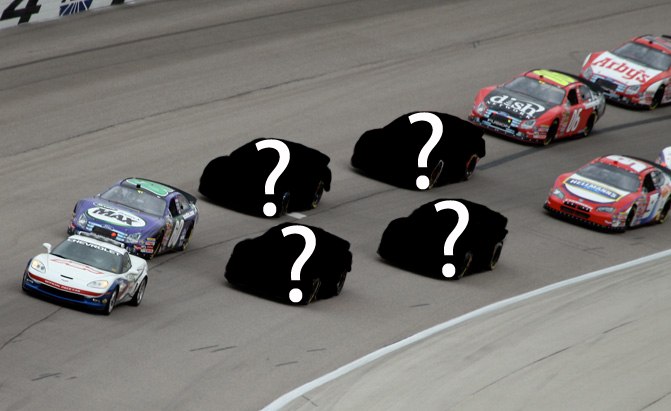


















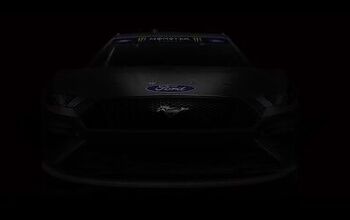

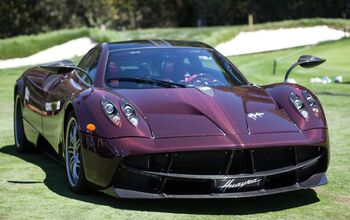









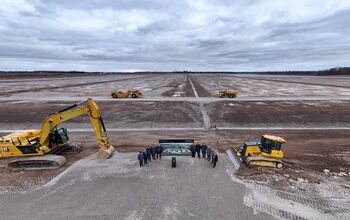
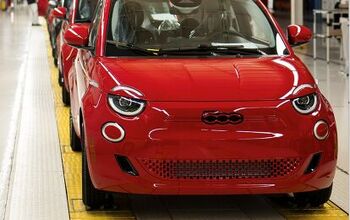

Comments
Join the conversation
how bout 430 t-birds in 59 and 60.. the legendary square-bird.